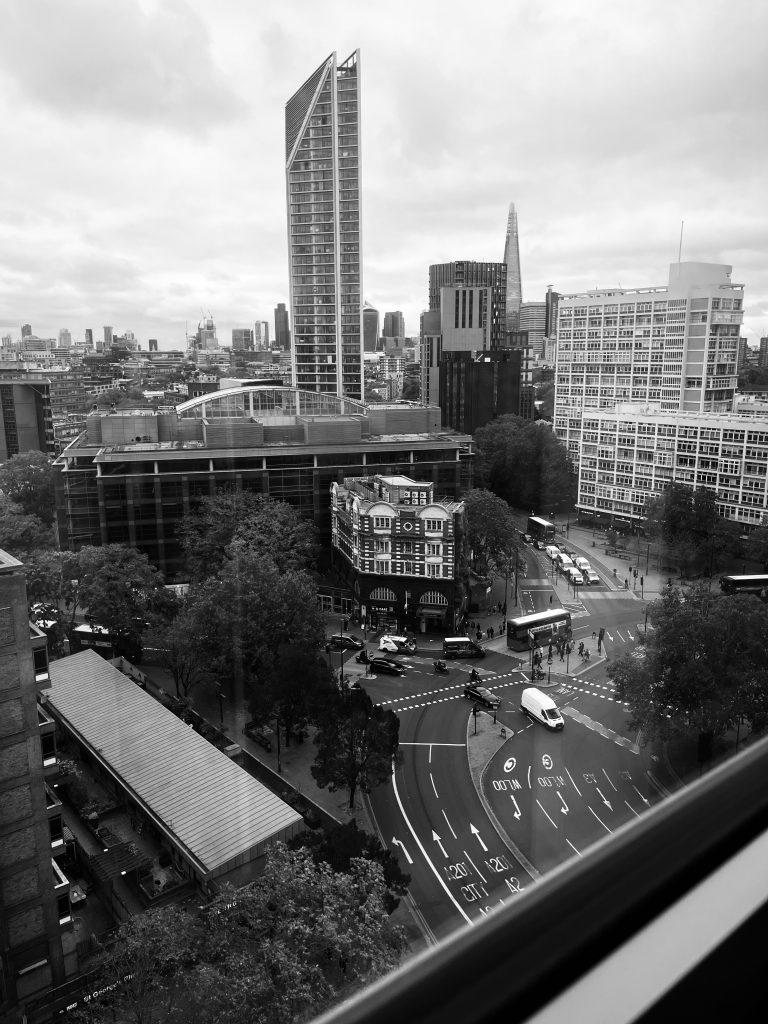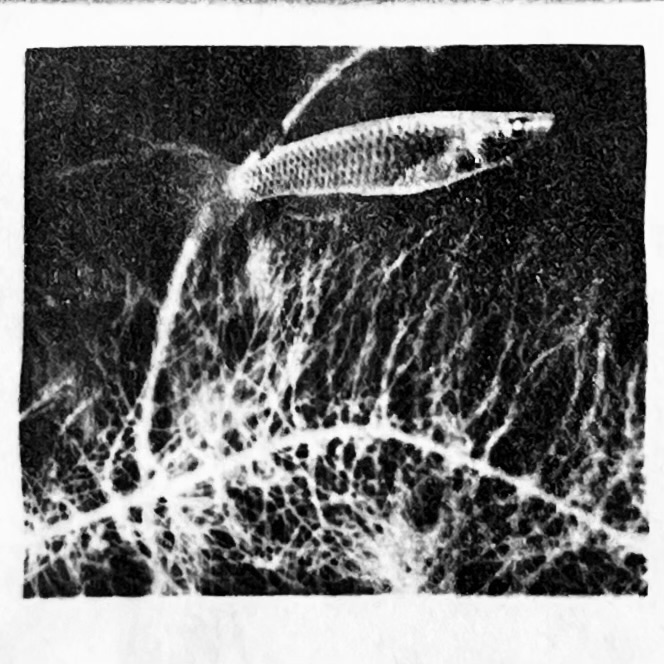The Walkman Effect
Hosokawa’s article explains how the Walkman changed the way people experience urban spaces by allowing them to create a private, immersive sound environment. It highlights how listening to music while moving through public areas can alter perception of space, time, and self, giving listeners a sense of control and personal identity. I found it interesting how a simple technology like a portable music player can transform everyday environments into personal, reflective experiences, showing the strong connection between sound, space, and individual experience.
In class, we walked around campus wearing headphones, without speaking. My partner and I went to the top floor and stood by the windowsill, each listening to our own playlist. It felt like we were in two separate worlds—different music creating different emotions, isolating us even as we stood side by side. We watched people walking below, the traffic, planes overhead, and distant building lights twinkling. The headphones, like a Walkman, created a barrier that let us step out of the real world for a moment, just observing life around us while fully immersed in our own soundscapes.
This experience made me understand Hosokawa’s idea: headphones, like a Walkman, allow people to curate their own auditory space, creating a private, reflective experience and altering perception of time, space, and self.


Leave a Reply